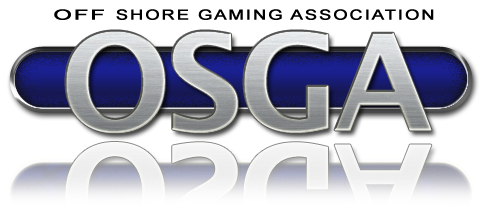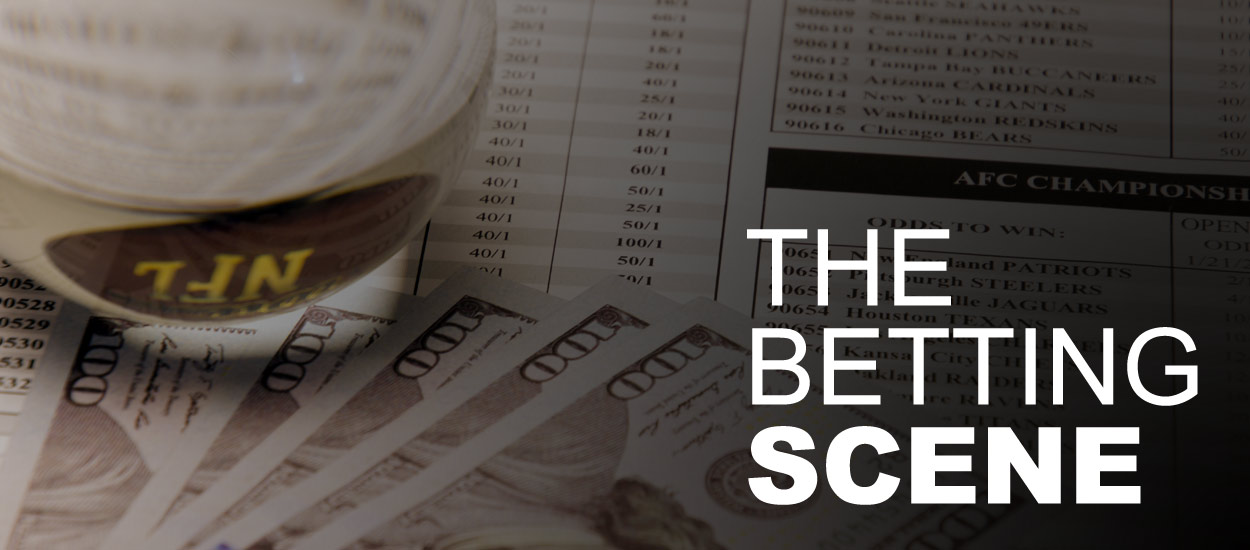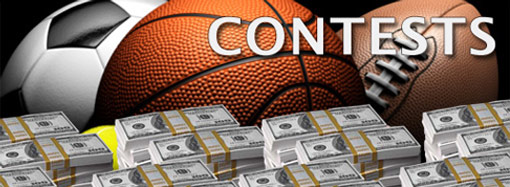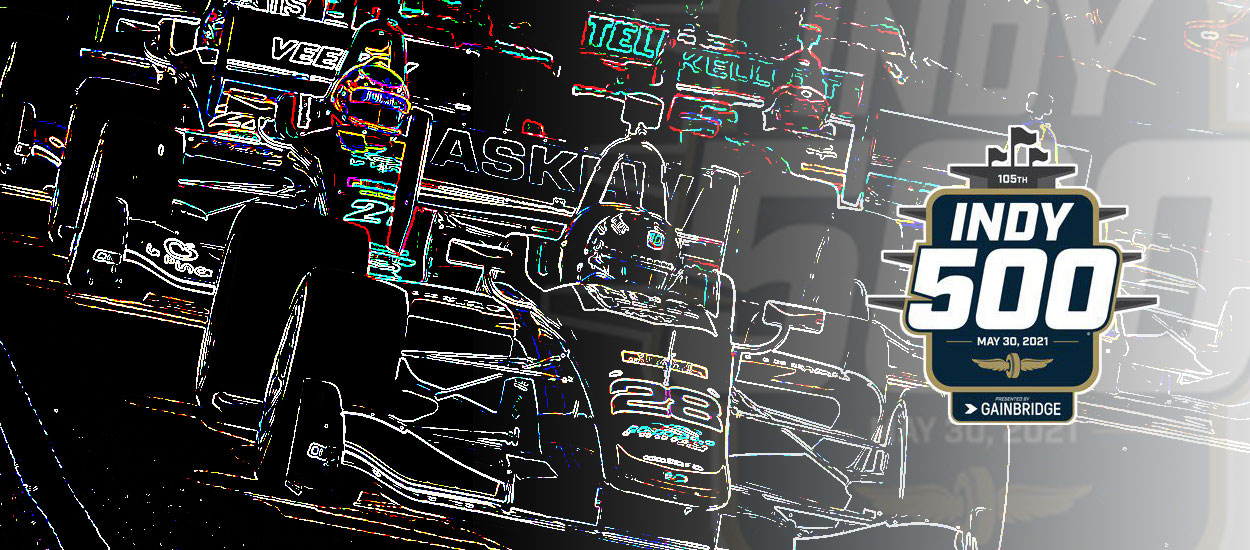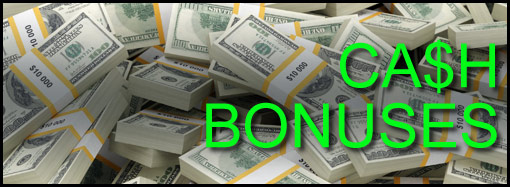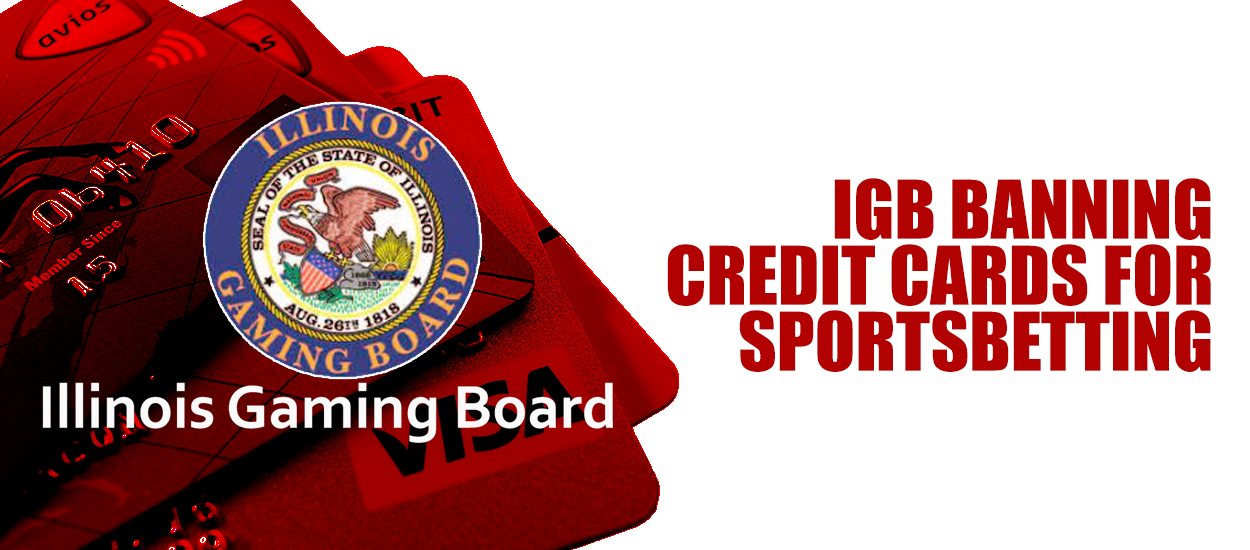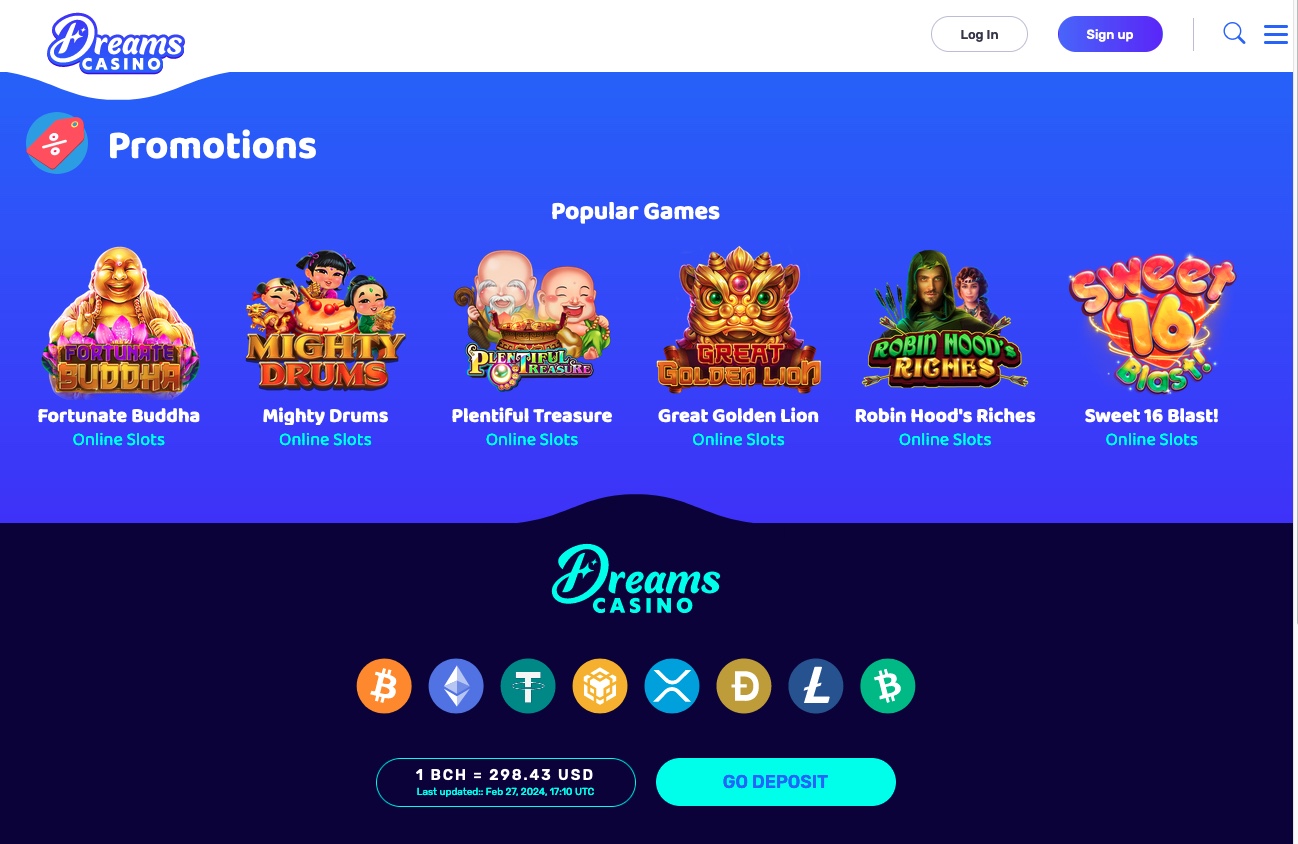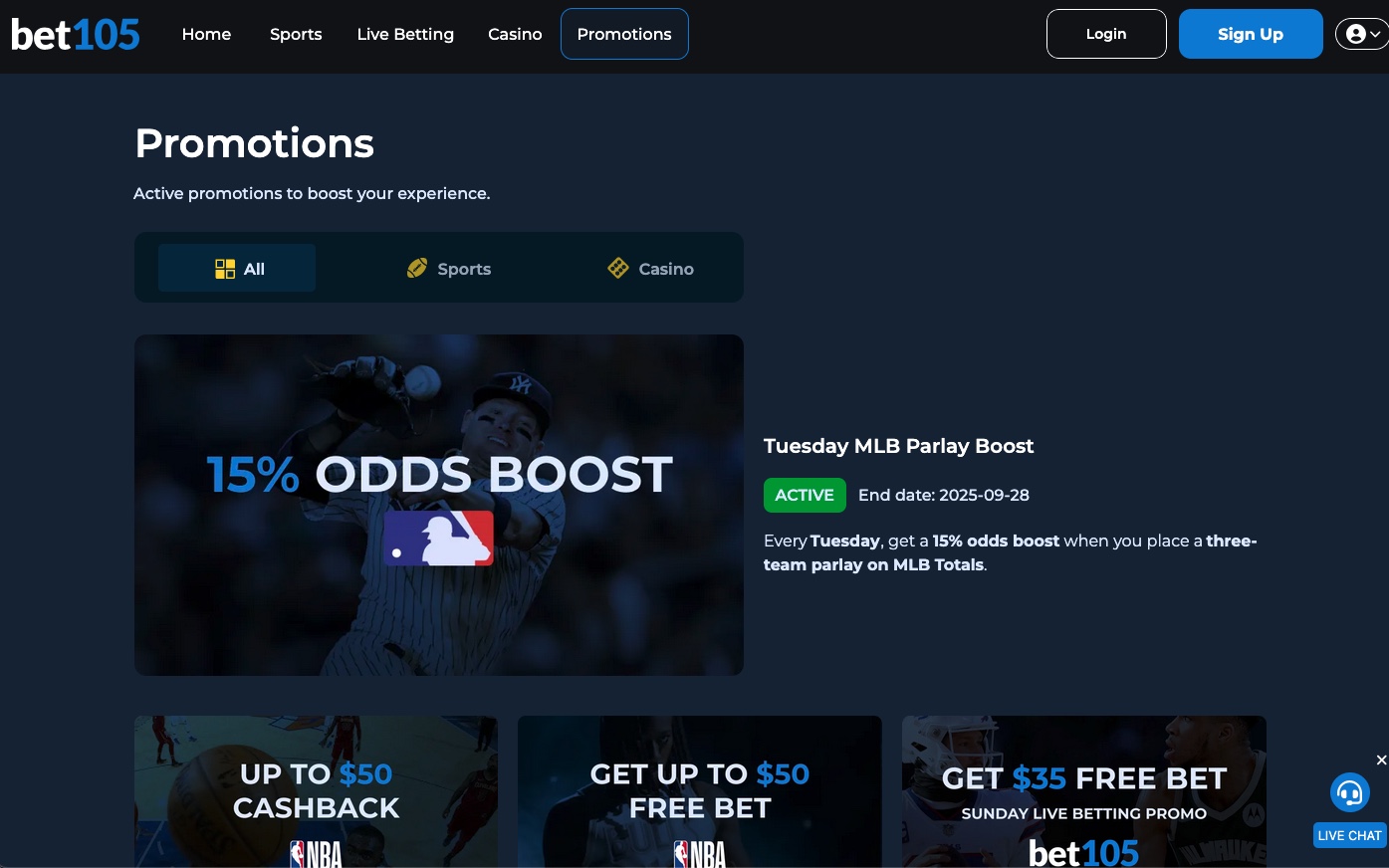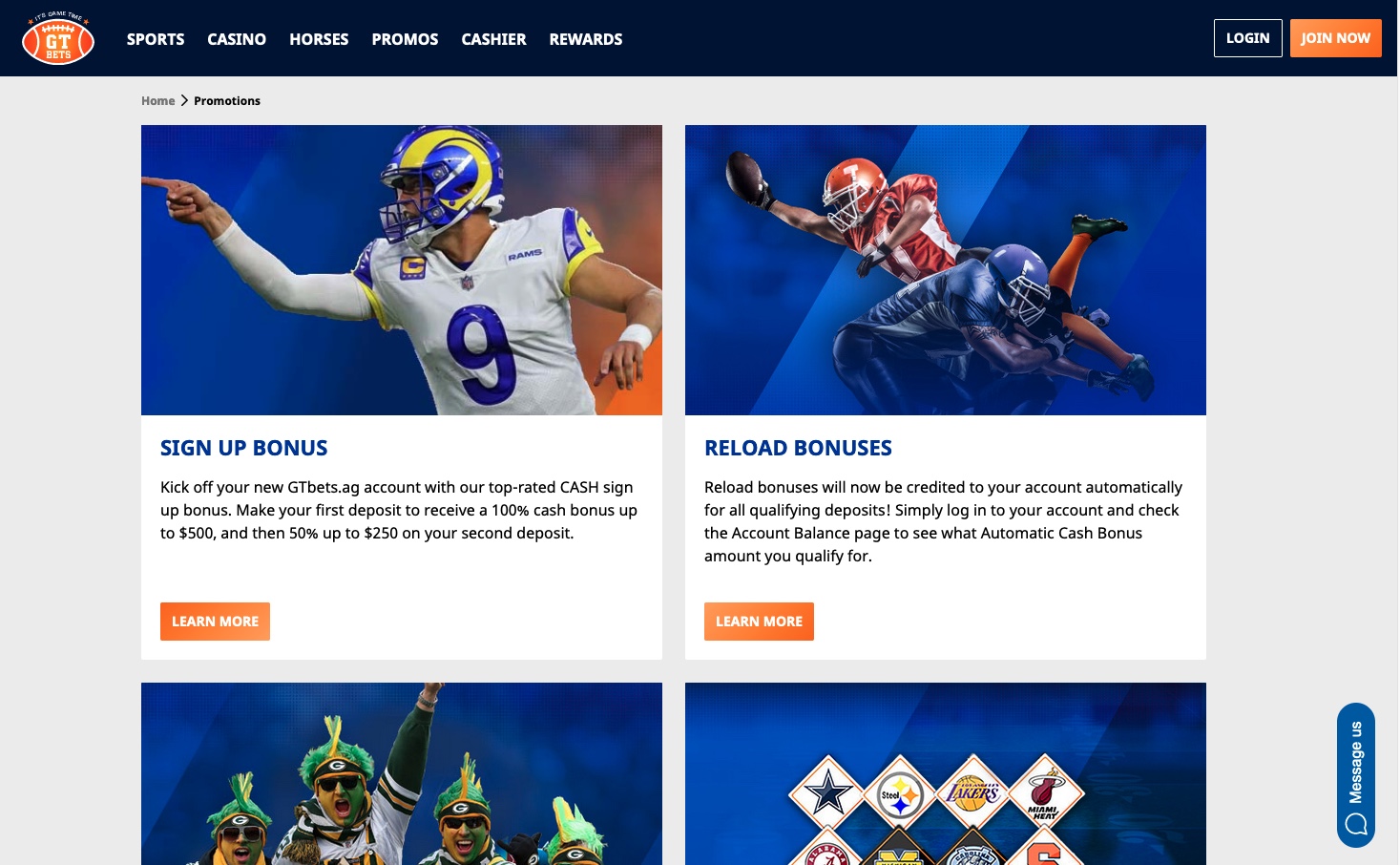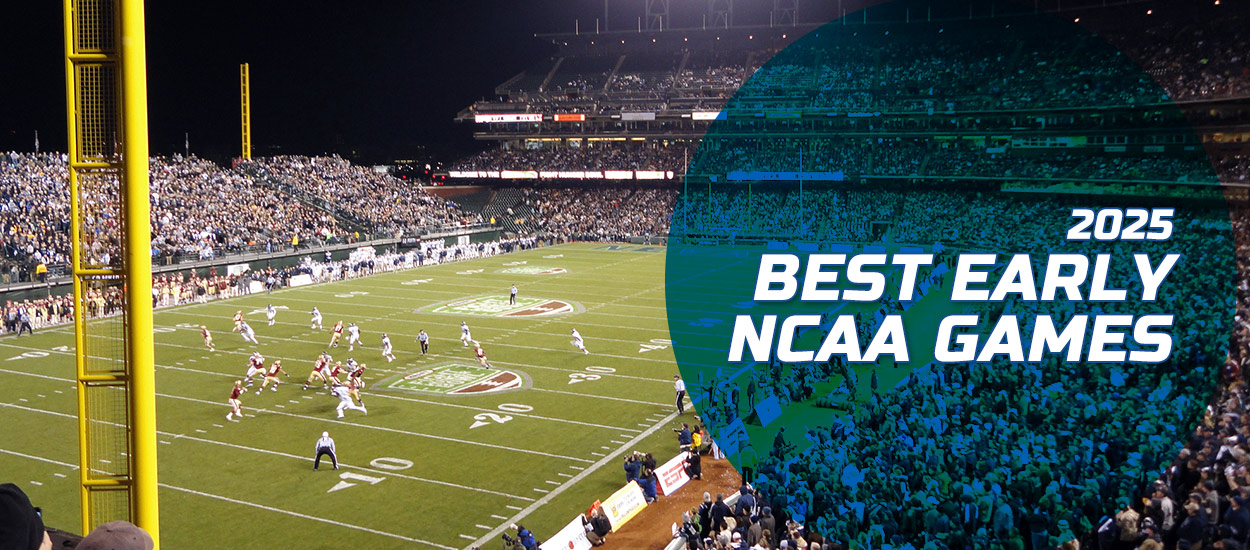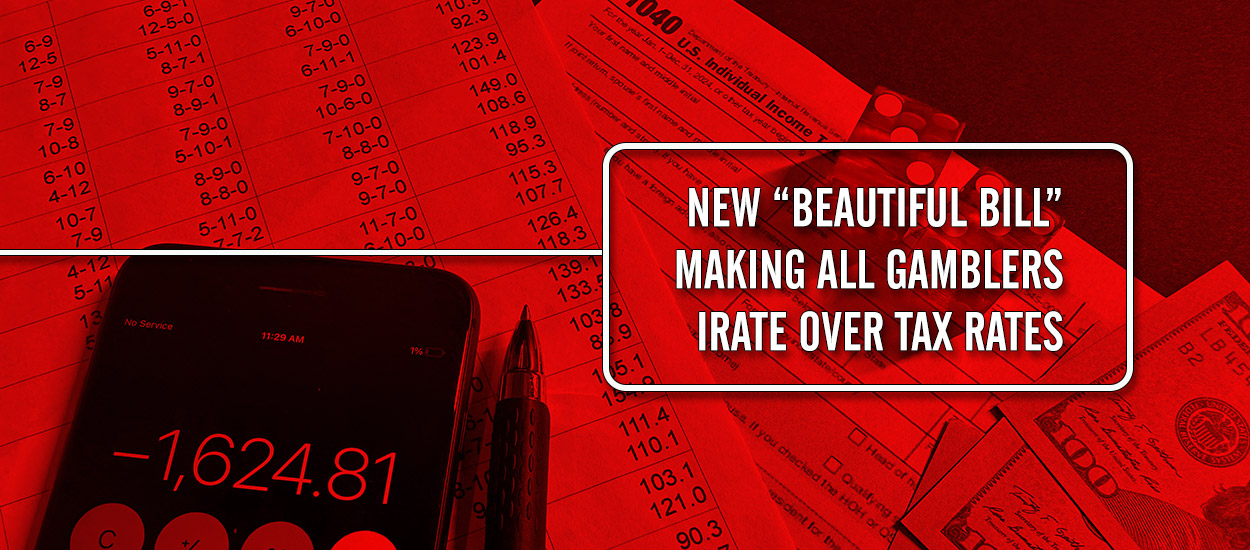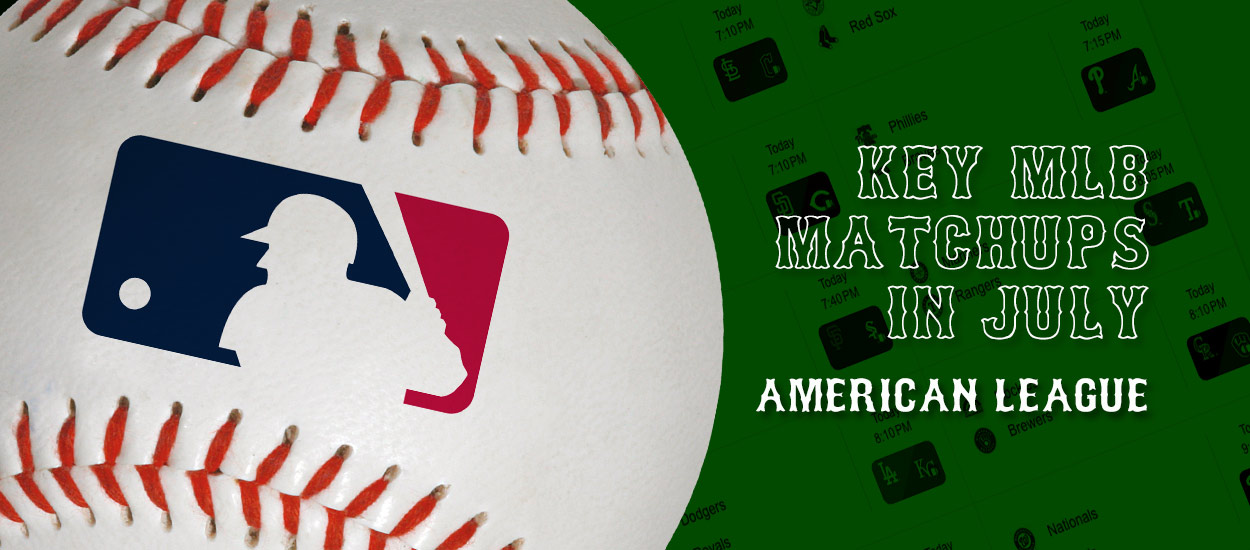Insights and picks for "The Greatest Spectacle in Racing"
Once upon a time, the Indianapolis 500 was the most renowned automobile race in the world. The first Indy 500 took place in 1911 with a field of 40 drivers when Ray Harroun won the race in his Marmon powered car at an average speed of about 74.5 mph. The race took almost seven hours to run. Marmon of course no longer produces cars, but is still a manufacture of various products under Berkshire Hathaway. That race was run on a much slower surface than today, which included a combination of gravel and bricks. Today the race is run on asphalt and is completed in about three hours. The Indianapolis 500 quickly gained credibility and consequently interest from some of the bigger car manufacturers and drivers. Companies like Mercedes, Peugeot, Maserati and Lotus became mainstays as engine manufacturers in the series and drivers from around the world started entering the race due to its prestige. Six drivers who have won the Indy 500 were Formula 1 champions, including Jim Clark, Mario Andretti, Graham Hill, Emerson Fittipaldi, Johnny Rutherford and Jacques Villeneuve. As well, some of the best NASCAR drivers decided to take a shot at winning the Indy 500 with many racing at the Indy 500 during the day and then making the two hour flight to Charlotte, North Carolina to run the Coca-Cola 600 the same night.
The IRL and CART
The race seemed unstoppable until 1994 when Indianapolis 500 speedway owner Tony George announced he was starting his own racing series called the Indy Racing League (IRL) which was to be a competitor to Championship Auto Racing Teams (CART), the only real entity for Indy car racing in the United States. CART cars were the best in the world and were pretty much dominated by owners like Penske Racing, Chip Ganassi Racing and Andretti-Green Racing. Along with George's announcement of the new series, he indicated that as of 1996, 25 of the 33 cars on the grid at the Indianapolis 500 would go to regular IRL drivers and the other eight spots would be reserved for other series. This was deemed necessary by George since the IRL cars were being run with cheaper chassis and production-based engines resulting in a series that was far slower than the cars being run in CART. Consequently, CART announced it would not enter teams in the Indy 500 as of 1996 and instead ran a competing race at Michigan Speedway called the U.S. 500. That race was a flop and interest in the Indy 500 started to wane. as well, since Indy car enthusiasts wanted to see the best cars at all the tracks and the split created a fractured entity with lesser names running IRL. From 1996 to 1999 the Indy 500 was won by relatively no-name drivers in a much slower time than when CART cars were entered and due to reliability issues of the IRL engines there was a high attrition rate.
CART owners blinked first after the split and in 2000 Chip Ganassi entered cars at the race. The Indy 500 was won by Juan Montoya for Ganassi that year. Penske decided to enter cars at the Indy 500 the following year and Helio Castroneves won the race in both 2001 and 2002 for Penske. By 2002 all CART Teams started entering cars in the Indy 500 and the fate of CART became sealed. Both series started racing independently with CART focusing on road and street courses and IRL focusing on smaller ovals, but interest in both series was limited. Attendance dwindled and both series had trouble finding TV networks that were interested in showing their races. The Indy 500 continued to get sellout crowds, but TV viewership of that race even started to decline, and it never really got better. 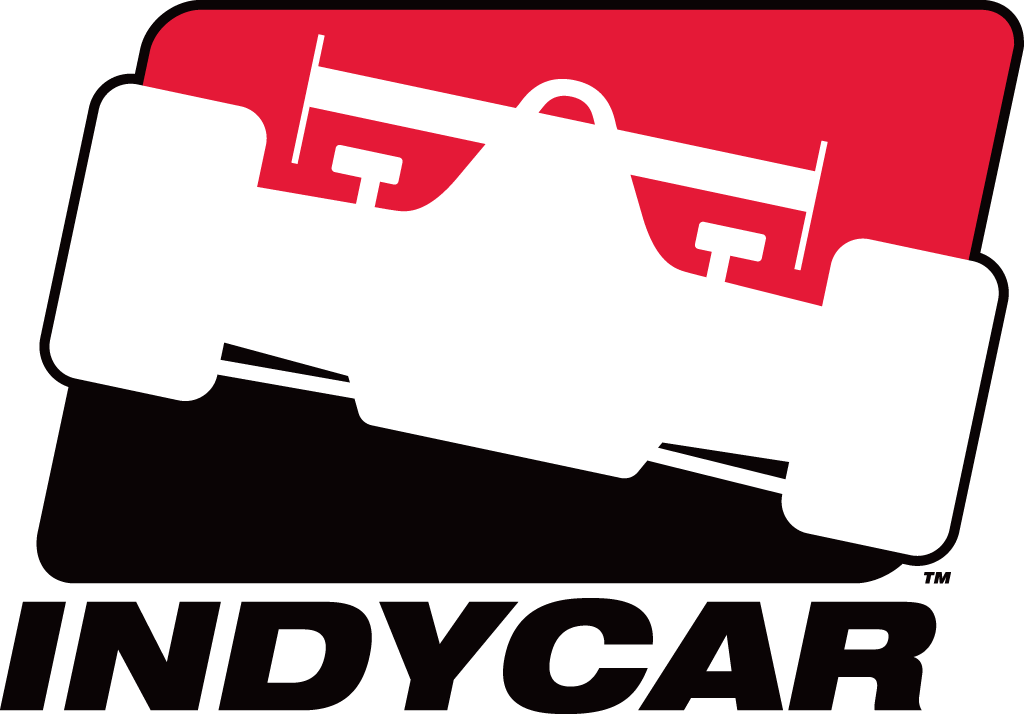 In 2003 CART filed for bankruptcy and by 2008 the series became absorbed into IRL. But even with all the cars once again running under one banner, the disdain for the way it played out left a whole generation of racing car enthusiasts turning to NASCAR and F1 for their fix and pretty much tuning out IndyCar racing.
In 2003 CART filed for bankruptcy and by 2008 the series became absorbed into IRL. But even with all the cars once again running under one banner, the disdain for the way it played out left a whole generation of racing car enthusiasts turning to NASCAR and F1 for their fix and pretty much tuning out IndyCar racing.
IndyCar racing marred by deaths
There have been some sparks of renewed interest, like when Danica Patrick joined the series and won a race and when Fernando Alonso decided to enter the Indy 500, but tragic deaths like those of Dan Wheldon and Justin Wilson also hurt IndyCar’s image. Moreover, when up and coming star Robert Wickens was left paralyzed after a major crash at Pocono Raceway in 2018, many viewed the series as just dangerous.
Rather than doing nothing and saying, "that’s racing", the IndyCar series started looking at improvements to help guarantee the safety of drivers.
After Justin Wilson's death, which resulted when a nose cone came off a car and hit Wilson on the helmet with a force that knocked him unconscious, causing irreversible brain damage, IndyCar developed the aeroscreen, a cockpit protection device that was made to ensure that if anything fell on the cockpit, it would be deflected rather than hitting the driver and incapacitating him or her. Since that was instituted in 2019 it has been reported that there were at least four times when the aeroscreen likely saved a driver from serious injury or death. As well, the series has made it their mission to have the best on track response team to ensure that drivers are catered to immediately after a crash. Since the Wickens incident there has been no critical injuries in any race.
The road back to prestige
There is no question that Roger Penske's decision to buy the IndyCar Series, along with Indianapolis Motor Speedway in 2019, has helped spark the change and renewed interest, since unlike Tony George and his family, Penske generates much more respect from team owners, industry insiders and fans alike. The improvements in the series also seemed to convince McLaren to return and start entering vehicles. In 2019 McLaren raced in the Indy500 with Fernando Alonso as its driver, although he failed to qualify, and in 2020 the team entered multiple cars, including Alonso, who led many laps before suffering engine failure and finishing 31st. McLaren is now racing a full-time team made up of Pato O'Ward and Felix Rosenquist and for this year's Indy 500 they are entering Juan Montoya as a 3rd car. O'Ward got his first IndyCar win this year at Texas. The addition of McLaren as a race owner has sparked renewed interest in the series as it shows that there is more equality among the owners. In fact, the last IndyCar race winner was Rinus Veekay at the IndyGP, racing for Ed Carpenter Racing, which is usually just a middle of the pack team. And to make things even more exciting there has been speculation that some of the best F1 teams, like Mercedes and possibly even Red Bull, are eying IndyCar as a possible series they may like to get into soon. Right now, the only eligible engines in IndyCar are Chevrolet or Honda, but the series is even considering expanding that as well.
The improvements in the series also seemed to convince McLaren to return and start entering vehicles. In 2019 McLaren raced in the Indy500 with Fernando Alonso as its driver, although he failed to qualify, and in 2020 the team entered multiple cars, including Alonso, who led many laps before suffering engine failure and finishing 31st. McLaren is now racing a full-time team made up of Pato O'Ward and Felix Rosenquist and for this year's Indy 500 they are entering Juan Montoya as a 3rd car. O'Ward got his first IndyCar win this year at Texas. The addition of McLaren as a race owner has sparked renewed interest in the series as it shows that there is more equality among the owners. In fact, the last IndyCar race winner was Rinus Veekay at the IndyGP, racing for Ed Carpenter Racing, which is usually just a middle of the pack team. And to make things even more exciting there has been speculation that some of the best F1 teams, like Mercedes and possibly even Red Bull, are eying IndyCar as a possible series they may like to get into soon. Right now, the only eligible engines in IndyCar are Chevrolet or Honda, but the series is even considering expanding that as well.
Consequently, there seems to be a lot of buzz about this year's Indy500 that hasn't been seen in quite some time.
It's a full generation since the ill-fated IRL-CART split and the new 20-30 something generation seems intrigued. COVID has also created a situation where more people watched the series because it was on and something to do, and ironically the Indy 500 will be the first event in over a year to have more than 100,000 spectators in attendance. At 40% capacity there will still be 135,000 fans in the stands with some spacing, mandatory mask wearing (although as has been seen with other sporting events that's more or less impossible to enforce), temperature checks at the gate and other rules to stop large lineups. And for those with $1,000 to spare there will be some pit lane passes available for silver and bronze badge holders, but only for those who are fully vaccinated and can prove they received both shots of Moderna or Pfizer or one shot of Johnson & Johnson. Many are hoping this race will finally convince Americans that vaccines have helped them see the light at the end of the tunnel with COVID and that there is a real future for IndyCar racing in America again.
Who will win this year’s Indy 500?
Scott Dixon is the race favorite at about 7/2 odds, but my top three Indy 500 picks are as follows:
Simon Pagenaud at 20/1 odds. Despite the Penske cars not showing much in qualifying and practice, I am convinced they will do well in the race and this is an event that Pagenaud is always competitive, which included an Indy 500 win in 2019.
Pato O'Ward at 10/1 odds. McLaren will be very competitive and O'Ward has shown that he is a driver to be wary of in every race, whether it's an oval or road course.
Alexander Rossi at 12/1 odds. The 2016 Indianapolis 500 winner is off to a slow start, but he always shows up for the Indy 500. Barring any accident, I see him right there at the end.
For a major longshot, consider Marco Andretti at 50/1 odds. Once a perennial favorite for the race, Andretti has stepped away from the team in 2021, but he has shown that at this race he can never be discounted. At the massive odds he's worth a small play.
The las Sunday is May is always a special time and this year, with fans in the stands, we should see the Indianapolis 500 well on it's way back it's special place in auto racing.
Read insights from Hartley Henderson every week here at OSGA and check out Hartley's RUMOR MILL!


